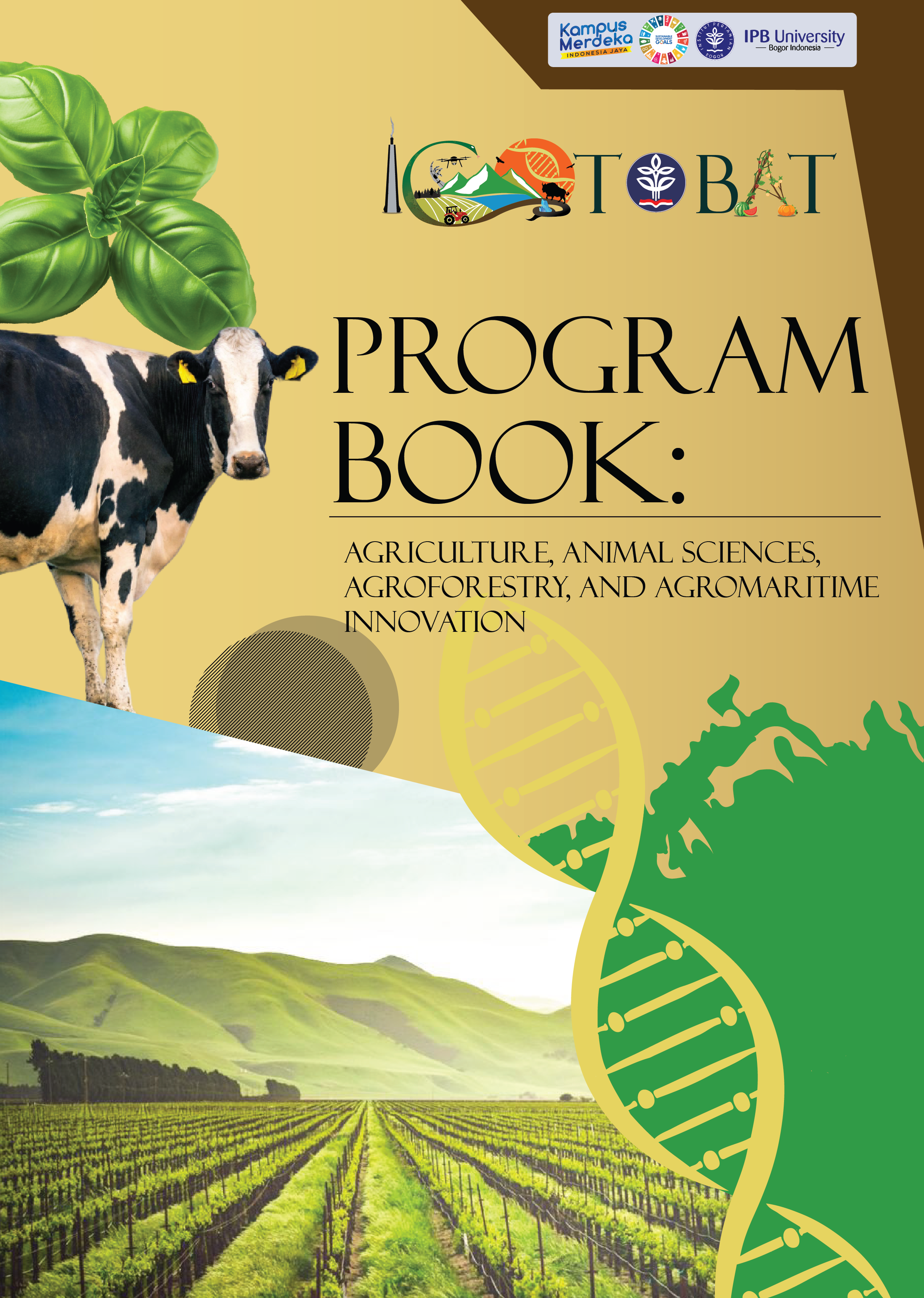Retention and Concentration of Subterranean Reticulitermes speratus Feeding-deterrent from Fungus-decayed Japanese Red Pine Extract
Abstract
Wood-feeding termites and wood-decaying fungi share a niche and likely interact, impacting wood degradation processes. Prior research has primarily examined termite preferences for decayed wood species, revealing instances of termite feeding deterrence in response to fungal decay products. This study delves into the phenomenon, focusing on laboratory replication and elucidation of underlying mechanisms. Experiments involved preparing extracts from wood infected with brown-rot fungus Fibroporia radiculosa and assessing their deterrent effects on termite feeding. Results indicate that the decayed wood extract retains its deterrent activity for up to four days post-application, with a peak effect observed within the initial hours. Furthermore, the concentration of the extract correlates with both feeding deterrence and termite mortality, suggesting a concentration-dependent relationship. Results show a significant decrease in feeding and increase in mortality with longer exposure durations, indicating sustained deterrent activity for up to four days. Higher extract volumes correlate with reduced feeding and increased mortality, supporting concentration-dependent deterrence. Notably, mortality peaks after 24 hours of exposure, suggesting continued toxicity despite diminished deterrence. These findings elucidate the dynamics of termite-fungal interactions and underscore the concentration-dependent nature of feeding deterrence and mortality induced by decayed wood extract.






























